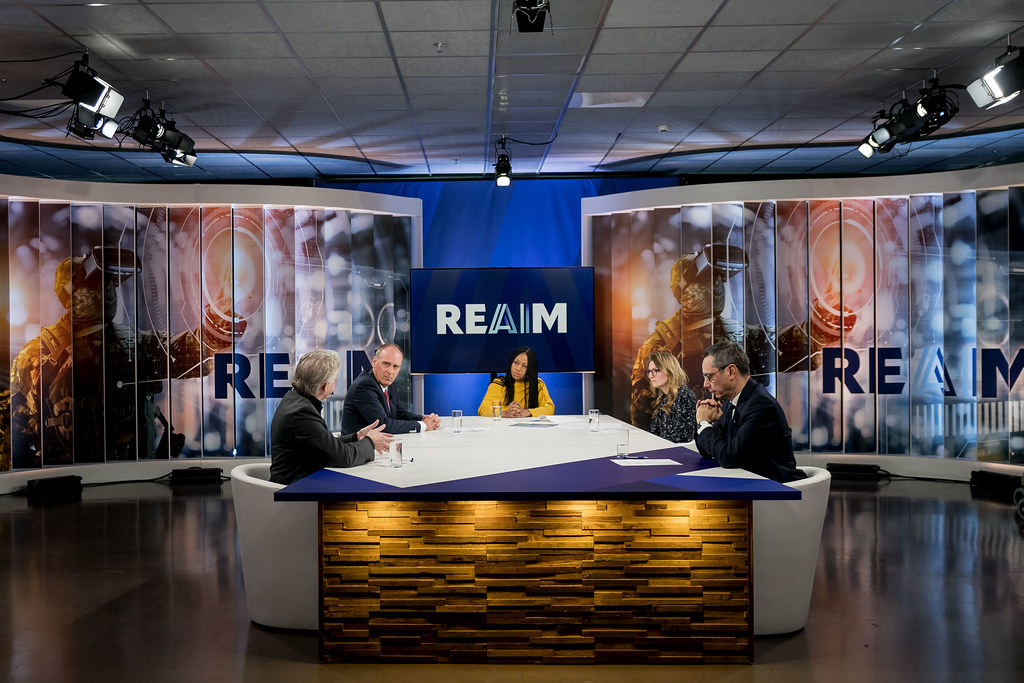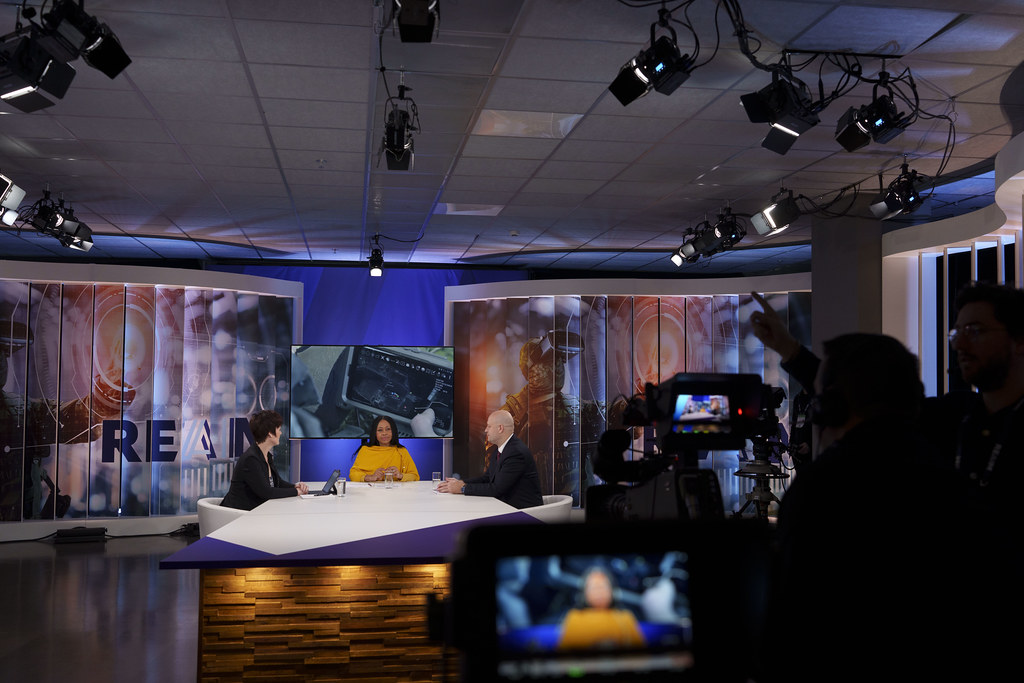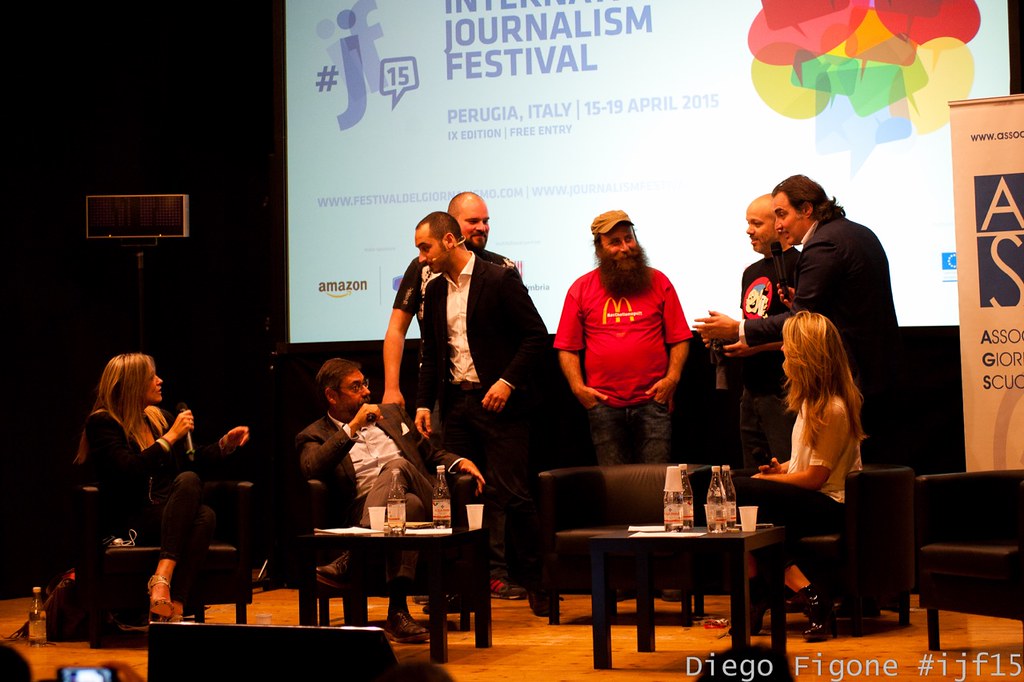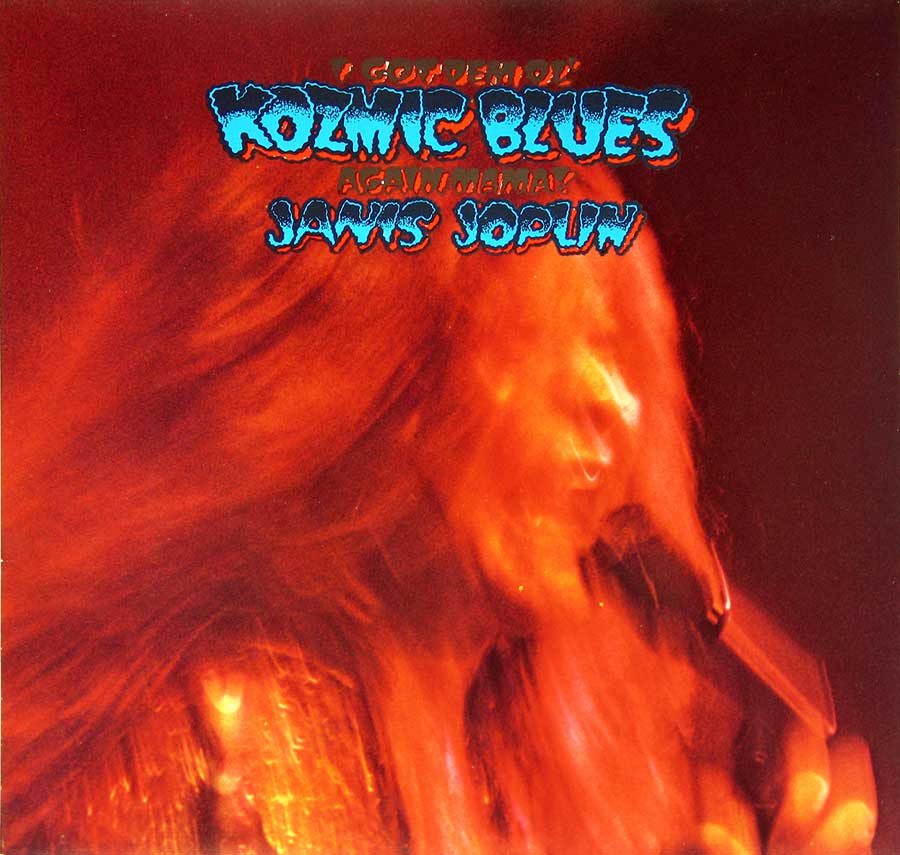
In the hyper-accelerated digital landscape of 2025, where information cascades across platforms at lightning speed, the aspiration for content—be it a carefully crafted influencer post or a spontaneous talk show interview moment—to “go viral” has transcended mere luck. It has evolved into a sophisticated blend of art, science, and strategy. With short attention spans and feeds perpetually crowded, understanding the intricate mechanisms that propel content into widespread public consciousness is not just beneficial, but crucial for anyone seeking to capture attention and foster meaningful engagement.
Indeed, the science of virality is a fascinating intersection of psychology, algorithms, and creative influence. It’s about more than just accumulating millions of views; it’s about capturing attention within the first three seconds, triggering powerful emotions, encouraging shares and saves, and building momentum across diverse platforms. For creators, entrepreneurs, coaches, realtors, or even public figures appearing on talk shows, harnessing these principles can unlock significant growth and influence, turning fleeting moments into lasting cultural touchstones.
This in-depth exploration will break down the viral blueprint for 2025, detailing the fundamental elements that contribute to content spreading like wildfire. We’ll delve into the psychological underpinnings that compel audiences to share, the algorithmic preferences that amplify reach, the crucial role of credibility, the innovative formats that stand out, and the strategic timing that sparks widespread interest. By understanding these foundational pillars, we can better decode how a talk show interview transforms from a fleeting broadcast into a global phenomenon, resonating with millions and shaping public discourse.

1. **Psychological Triggers: Why We Share Influencer Content**Understanding the fundamental psychology behind why people choose to share content is arguably the first and most critical step in decoding the science of virality. In 2025, research consistently confirms that content sharing isn’t merely about entertainment; it’s a deeply rooted act driven by desires to express identity, forge connections with peers, or disseminate practical value. For a talk show interview to achieve viral status, it must skillfully tap into these inherent human motivations, leveraging key psychological triggers to resonate profoundly with its audience.
At the core of shareability is emotion. Content that evokes strong feelings—be it joy, awe, surprise, or outrage—demonstrates significantly higher potential for spreading. Influencers, and by extension, successful talk show guests, are masters at crafting relatable stories and exhibiting bold reactions that stir these potent emotional responses. Imagine a talk show guest sharing an incredibly moving personal journey or delivering a surprisingly witty retort; these moments, rich with genuine emotion, naturally compel viewers to share, discuss, and retell, extending the moment’s reach far beyond its initial broadcast.
Another powerful motivator is social currency. People are inherently driven to share unique or ‘insider’ content because it signals knowledge and status, effectively boosting their self-image within their social circles. A talk show clip featuring an exclusive revelation, a profound insight, or a behind-the-scenes anecdote can provide this valuable social currency. By offering viewers something perceived as novel or insightful, they are empowered to share it, positioning themselves as well-informed or connected, thereby amplifying the content’s virality and reinforcing their own identity.
Practical value also plays a significant role. Tips, hacks, or actionable advice that solve real problems are powerful drivers of shares, as audiences seek to empower others with useful information. While a talk show interview might not always deliver direct ‘hacks,’ it can offer practical perspectives, fresh viewpoints, or expert analyses that viewers find genuinely helpful. When a guest provides clear, digestible, and actionable insights on a topic—whether it’s navigating a challenge or understanding a complex issue—it transforms the interview segment into a valuable resource that people are keen to share with those who might benefit from it. Moreover, narrative appeal ensures content stays memorable and prompts retelling. When influencers reveal personal journeys or transformations, it creates a powerful story-driven experience. For a talk show interview, a compelling personal narrative, a story of overcoming adversity, or a candid account of an experience can captivate audiences, making the content not only memorable but also inherently shareable as viewers feel a natural inclination to relay impactful stories.

2. **Algorithmic Amplification: How Social Networks Choose What Goes Viral**Behind every viral influencer campaign, and indeed, behind any talk show segment that explodes across the internet, algorithms play an absolutely decisive role. In 2025, social media platforms like TikTok, Instagram, and YouTube Shorts don’t just passively display content; they actively use real-time engagement data and sophisticated deep learning models to recommend content to wider audiences. For a talk show interview to truly soar, its digital snippets must inherently follow patterns that trigger these powerful algorithmic amplification mechanisms.
One of the most critical factors algorithms monitor is early engagement. Content that garners a high volume of likes, comments, and shares within the initial minutes of its release is significantly more likely to be pushed to a broader audience. This means that a talk show segment, when first posted online, needs to quickly captivate its initial viewers to signal to the algorithm that it’s valuable. Rapid, authentic reactions from early adopters can create a crucial ripple effect, setting the stage for exponential reach. This initial burst of interaction indicates to the system that the content is resonating, thereby warranting greater exposure.
Watch time is another paramount metric. Algorithms prioritize videos that successfully hold a user’s attention and are watched to completion. Influencers are acutely aware of this, employing compelling hooks within the first three seconds and utilizing fast-paced editing to keep viewers glued. Talk show clips need to adopt similar strategies; engaging introductions, intriguing questions, or a visually dynamic presentation can ensure viewers stay captivated. The longer a viewer remains engaged with a video—or even better, watches it multiple times or replays key moments—the more likely the algorithm is to recommend it to others, interpreting sustained attention as a strong indicator of quality and relevance.
Furthermore, collaboration acts as a significant amplifier. Cross-posts, duets, stitches, or any form of co-created content with other creators effectively extends reach by combining fan bases and signals value to the algorithm. Imagine a talk show moment featuring a celebrity that is then shared or reacted to by another prominent influencer or even remixed by users; such collaborations naturally broaden the content’s footprint. These inter-platform and inter-creator interactions are seen by algorithms as strong signals of content relevance and desirability, prompting them to further disseminate the material to new, intersecting audiences. This cross-pollination is essential for breaking out of isolated communities and achieving true virality.
Finally, trend adoption is a powerful lever for algorithmic amplification. Influencers consistently leverage trending sounds, hashtags, and formats to ride the algorithmic wave. Staying attuned to platform updates and rapidly adapting content to these changes is a core part of the science of virality. For talk show segments, this could mean incorporating a trending sound into a video clip, using a popular hashtag in the caption, or even creating a short, reactive video in a currently popular format. By aligning with existing trends, a talk show interview clip becomes part of a larger, algorithmically favored conversation, granting it increased visibility and ensuring it remains discoverable and relevant even as social platforms continue to evolve at a dizzying pace.

3. **Influencer Credibility: Building Trust to Foster Shares**In the crowded and often skeptical digital landscape of 2025, influencer credibility is an indispensable ingredient for content to achieve and sustain viral momentum. Both users and algorithms are increasingly guided by EEAT—Experience, Expertise, Authoritativeness, and Trustworthiness—when evaluating content. Influencers who consistently demonstrate high levels of credibility not only see higher share rates but also cultivate greater audience loyalty. For a talk show interview to truly resonate and be shared widely, the perceived credibility of the guest and the conversation itself is paramount.
Authenticity stands as the bedrock of credibility. In an era where followers can instantly spot insincerity, unfiltered posts and transparent disclosures about sponsorships or personal perspectives are vital for building trust. A talk show guest who is genuinely themselves, sharing their unvarnished thoughts or experiences without appearing overly polished or scripted, immediately connects with viewers on a deeper level. This genuine human element makes the content feel more real and relatable, fostering a sense of trust that makes audiences more inclined to share it. Viewers are drawn to transparency, appreciating when a guest is forthright and real, rather than presenting a curated facade.
Expertise is another critical component. Specialized knowledge or lived experience, whether it pertains to skincare, finance, storytelling, or any field, establishes genuine authority. When a talk show guest speaks from a place of deep understanding or direct personal experience, their insights carry more weight. This expertise can transform an ordinary interview into a compelling masterclass, making its key takeaways highly shareable. Audiences actively seek out knowledgeable voices, and when a guest demonstrates clear authority on a subject, their words become a valuable commodity that viewers want to disseminate to their networks, believing it will offer genuine benefit or insight.
Consistency also plays a subtle yet powerful role in building credibility. Regular, predictable posting rhythms reassure both audiences and algorithms alike. While a talk show interview is a one-off event, the consistent quality, tone, and editorial standards of the show itself—or the consistent persona of the guest across their other digital presences—contribute to this perception of reliability. A track record of delivering engaging, insightful content fosters an expectation of quality. This predictability builds an underlying trust, making audiences more receptive to and willing to engage with new content, including clips from interviews, knowing it aligns with the established standard of the source.
Finally, community engagement is crucial for deepening trust and encouraging user-generated content (UGC). When influencers respond to comments, engage in discussions, or even co-create content with their followers, it transforms passive viewership into active participation. For talk show interviews, this might translate to the show’s social media channels actively engaging with viewer comments, posing questions based on the interview, or featuring fan reactions. This two-way communication makes audiences feel heard and valued, fostering a stronger sense of community. Audiences are inherently more likely to share content from creators they trust and feel connected to, giving authentic and community-minded creators a significant edge in the competitive viral landscape of 2025, where genuine connection often trumps mere exposure.

4. **Creative Formats and Trends: Standing Out in the Viral Race**Creativity is a core, undeniable component in the science of virality. In 2025, with digital feeds saturated, new visual formats and interactive trends are dominating. Influencers who are not afraid to break from conventional formats or inject elements of surprise into their content are consistently enjoying exponential reach. For a talk show interview to truly catch fire on social platforms, it needs to be packaged and presented in ways that are fresh, innovative, and aligned with these prevailing creative currents, transforming a static segment into a dynamic, shareable asset.
Short-form video reigns supreme, particularly on platforms like TikTok, Instagram Reels, and YouTube Shorts. Loops, jump cuts, and cinematic transitions are techniques that effectively keep viewers glued and prompt replay shares. A talk show clip, when edited for virality, isn’t just a snippet; it’s a meticulously crafted mini-narrative designed for maximum impact within a brief timeframe. Imagine a punchy interview moment cut with rapid-fire transitions, overlaid with trending music, or even framed as a continuous loop of a memorable expression or statement. These formats are not only visually engaging but are also perfectly tailored for the quick consumption habits of today’s digital audiences, encouraging repeated viewing and sharing.
Challenges and giveaways are powerful tools for mobilizing communities to co-create and share content. Viral dance trends, hashtag challenges, or collaborative contests can ignite widespread participation. While a talk show interview itself isn’t a challenge, a particular quote, a unique reaction, or a specific piece of advice from a guest can inspire a challenge or a trend on social media. For instance, if a guest demonstrates a particular skill or shares a memorable phrase, viewers might be encouraged to mimic it or use a specific hashtag related to it, thereby generating user-generated content that organically extends the reach and cultural footprint of the original interview segment. This transformation of passive viewing into active participation is a hallmark of viral success.
Shoppable videos represent another innovative format, seamlessly integrating shopping links to turn shares into measurable sales. While perhaps less directly applicable to the core content of a talk show interview, this trend highlights the move towards highly interactive and conversion-oriented formats. If a talk show guest mentions a product, book, or service, embedding shoppable links into the shared clip or associated posts can capitalize on audience interest immediately. This fusion of content and commerce demonstrates a broader trend: viral content in 2025 is not just about views, but about driving tangible actions and measurable outcomes. The seamless integration of functionality within the content itself is key to capturing the modern digital consumer.
Interactive polls, quizzes, and real-time questions further boost engagement and push content further via algorithmic signals. These elements invite direct participation from the audience, making them active contributors rather than passive observers. A talk show interview clip shared with an embedded poll asking viewers for their opinion on a guest’s statement, or a quiz testing their knowledge based on the conversation, significantly enhances engagement. Influencers stay ahead by testing new features and adapting rapidly to what excites and involves their audience. The innovations in AR (augmented reality) filters and AI-driven editing tools have also unlocked unprecedented creative potential for viral content, allowing creators to add layers of interactive and personalized experiences that can turn a simple interview moment into an unforgettable, widely shared digital experience, ensuring the content is not just seen, but experienced and interacted with.

5. **Timing and Distribution: When and Where to Spark Virality**Knowing precisely when and where to post influencer content can be the pivotal difference between a talk show interview segment fading into obscurity or achieving widespread stardom. The latest studies in 2025 consistently demonstrate that timing holds as much weight as the creativity and substance of the content itself. Strategic distribution ensures that content hits the feeds when the target audience is most receptive, maximizing initial engagement—a critical trigger for later virality and sustained reach.
Posting during peak user hours is a fundamental strategy. High-traffic slots ensure that a greater number of users are online and active, leading to more initial engagement. This early burst of likes, comments, and shares is a key signal to algorithms that the content is valuable and should be pushed to broader audiences. For a talk show clip, understanding when its specific audience segments are most active on platforms like TikTok, Instagram, or YouTube Shorts is paramount. Rather than a blanket approach, a data-driven schedule ensures the content lands at a moment when it has the highest chance of immediate interaction, thereby kickstarting the viral cycle.
Each social network possesses its own optimal rhythms, demanding platform-specific nuance in distribution. LinkedIn mornings, for instance, differ significantly from TikTok evenings, both in terms of user activity and content consumption patterns. Influencers in 2025 meticulously analyze their own audience data, often adjusting for regional time zones to pinpoint these optimal posting times. For talk show content, this means tailoring the release schedule for a clip based on the platform it’s shared on. A segment that performs well on Instagram Reels during an afternoon commute might need a later evening slot to gain traction on YouTube Shorts, requiring careful consideration of each platform’s unique user behavior and prime engagement periods.
Multi-platform distribution is another powerful strategy for multiplying discovery potential. Repurposing viral content for various platforms, such as YouTube Shorts, Instagram Reels, and TikTok, allows a single talk show moment to reach diverse audiences across different digital ecosystems. While the core content remains the same, the packaging, editing, and accompanying text might be adjusted to fit each platform’s specific format and user expectations. This ensures that the message isn’t confined to a single channel, maximizing its chances of discovery and virality by casting a wider net and reaching users wherever they consume content, effectively creating multiple entry points for the content to go viral.
Finally, seeding through micro-influencers can ignite broader interest and momentum. Early shares by a trusted group of micro-influencers, who often boast highly engaged and niche audiences, can lend credibility and initial traction to a talk show clip. Their authentic endorsement can validate the content and prompt their followers to engage, thereby creating an organic ripple effect that leads to broader interest. Furthermore, scheduled posting tools powered by AI now personalize the timing for each creator, boosting the odds of going viral with every upload. These intelligent systems analyze past performance and audience behavior to recommend the absolute best moment to release a piece of content, ensuring that talk show interviews, when strategically distributed, have every advantage in their quest for virality, transforming potential into widespread impact.

6. **Data-Driven Measurement: The Metrics That Matter Beyond Views**In the intricate ecosystem of 2025’s digital landscape, the science of virality is fundamentally grounded in rigorous data analysis. It’s no longer sufficient to merely count views; truly understanding what makes a talk show interview segment resonate and spread requires diving deep into advanced analytics platforms. These tools track a nuanced array of metrics that reveal genuine resonance and impact, moving far beyond the surface-level vanity metrics of likes and basic shares.
One of the most telling indicators of content success is engagement quality. This goes beyond a simple ‘like’ to encompass saves, meaningful comments, and direct messages (DMs). These deeper interactions signal that content isn’t just being passively consumed, but is actively valued and retained by the audience. For a talk show moment, a clip prompting in-depth discussion or inspiring personal reflection in comments demonstrates a far greater viral potential and lasting impact than one that simply racks up fleeting interactions.
Furthermore, creators and brands meticulously track audience growth rate. Rapid spikes in follower counts or viewership signal authentic viral moments that offer invaluable clues for replication or building upon future content strategies. Coupled with this is the critical assessment of traffic and conversion, which tracks the tangible business impact of viral campaigns. This means monitoring traffic to websites, actual product sales, or sign-ups directly attributable to a specific viral talk show clip, thereby quantifying its real-world effectiveness.
To continuously refine their viral blueprint, influencers and content strategists heavily rely on A/B testing. This experimental approach involves testing variations of thumbnails, hooks, captions, and even posting times to learn precisely what triggers viral reactions within their unique audience segments. Every single viral moment, regardless of its scale, is treated as an experiment, providing crucial data points and insights that help refine content strategies for sustained success. This systematic iteration ensures that the path to virality is increasingly predictable, transforming potential into widespread impact.
Measuring virality also extends to broader trend criteria, as highlighted by RaterPoint analysts. They categorize trends as viral when they demonstrate significant reach across multiple platforms, high user participation (including remakes and shares), longevity (staying relevant for at least 48 hours), and a measurable impact on online behavior or even traditional news coverage. These benchmarks offer a comprehensive lens through which to evaluate the true scope and influence of a talk show interview’s viral moment.

7. **Understanding Internet Culture: Speaking the Digital Language**For any talk show interview to truly go viral in 2025, it’s not enough to simply produce compelling content; it must also demonstrate a profound understanding of internet culture. As nearly all (98%) social media users agree, social content must reflect current online trends and cultural nuances to resonate authentically. This means developing a keen ‘internet fluency,’ a natural grasp of the unwritten rules, aesthetics, and communal behaviors that define online spaces.
This cultural understanding involves a continuous pulse on what’s genuinely trending right now. It means being adept at incorporating trending sounds and music into video clips, knowing how to appropriately use memes while they are still fresh and relevant, and understanding the specific language and inside jokes of various ‘gate-keeping communities.’ These communities, often built around niche interests or humor, can be powerful amplifiers if content correctly speaks their language, translating an interview segment into a deeply relatable and shareable piece of content.
Critically, this doesn’t imply chasing every single trend indiscriminately. Brands and creators must exercise discernment, picking the right moments and making judicious jumps into conversations that genuinely align with their identity and message. A talk show clip, no matter how engaging, will fall flat if its attempt to be ‘current’ feels forced or out of sync with its authentic voice. The goal is to feel natural and ‘in on the joke,’ rather than appearing like a belated, corporatized imitation.
In a world where content can instantly look like a “two-week late, corporatized and over-edited Instagram caption,” authenticity triumphs. Brands like Ryanair, with its self-aware, cheeky social presence, or Stanley, which leaned into community-driven engagement around its tumblers, exemplify how cultural relevance is built not by rigid corporate control, but by transparency, consistency, and inviting the audience to be part of the story. For talk show segments, this means packaging and promoting moments in ways that respect and integrate into the existing cultural fabric, rather than imposing upon it.
Read more about: Maureen: Unveiling the Name’s Glamorous Legacy, Cultural Echoes, and Astrological Secrets

8. **The Nuanced Role of AI: Creative Partner, Not Replacement**The omnipresence of Artificial Intelligence is undeniable in 2025, yet its role in viral content creation is far more nuanced than the hype often suggests. While AI will undoubtedly make certain tasks easier and more efficient, it’s crucial to understand it as a sophisticated creative partner rather than a complete replacement for human strategic communication. The idea that AI can simply draft an employee message or substitute an experienced professional carries a ‘Skynet dangerous’ level of risk, especially in an era rife with misinformation.
Indeed, AI-driven tools have unlocked unprecedented creative potential, from generating imagery to aiding in editing. This includes AR (augmented reality) filters that add layers of interactive experiences and AI-driven editing tools like CapCut that streamline content production with features like auto-subtitles. Such innovations allow creators to transform simple interview moments into dynamic, shareable digital experiences, ensuring content is not just seen, but actively engaged with and enjoyed.
Smart utilization of AI focuses on augmenting human creativity and efficiency. It can be a powerful assistant in developing multiple options for attention-grabbing captions to A/B test, quickly generating diverse thumbnails, or brainstorming fresh content ideas when inspiration wanes. Moreover, AI can be leveraged to assess what is working or not, providing data-driven insights to refine content strategies. This strategic application leverages AI’s computational power to enhance, not usurp, the human element of creative vision and strategic foresight.
However, the dark side of AI’s power, particularly its role in misinformation and the rise of deepfakes, cannot be overstated. As Jackson Spalding partner Randall Kirsch notes, “AI is adding fuel, accelerating the production of credible looking but inaccurate content and empowering almost anyone to drive false narratives and content at scale.” Viral deepfake videos, showing celebrities in fabricated scenarios, have already triggered widespread discussions about consent and the fight against synthetic content. This necessitates a proactive approach to ‘fact-fighting,’ including implementing verification protocols for shared content and establishing clear processes for combating fake news, ensuring that genuine talk show moments aren’t undermined by AI-generated falsehoods.
Read more about: Navigating the Road: Unpacking 14 Vehicles Known for Sketchy Driver Reputations and Notorious Reliability Issues

9. **Authentic Storytelling & User-Generated Content: The Human Touch**In a digital landscape often characterized by slick, high-production value content, a significant shift has occurred: the triumphant return of authentic storytelling and user-generated content (UGC). Brands and talk shows alike are learning from the unscripted television space, recognizing that the content currently trending virally is rarely the ‘polished corporate drivel with scripts.’ Instead, it’s the real, messy, and behind-the-scenes narratives that make brands—and by extension, the guests on talk shows—look genuinely human and relatable.
This embrace of raw authenticity can manifest in numerous ways. Consider content examples such as “A day in the life of our customer service team,” “What we learned from our biggest failure,” or “Our employee reacts to our old commercials.” These types of narratives peel back the corporate facade, revealing the personalities, challenges, and triumphs that resonate deeply with audiences. For a talk show interview, this translates to guests sharing unvarnished personal journeys, candid reflections, or displaying genuine, unrehearsed reactions, making the moment profoundly compelling and inherently shareable.
The smartest brands in 2025 are not even trying to generate all their viral content in-house; they are masterfully inspiring their customers to produce it for them. This ‘user-generated content gold’ is invaluable because, as the adage goes, “When real people and real audiences create content, it’s real, real in a way any amount of professional content will never be, no matter how cool it gets.” It builds a sense of community, ownership, and unshakeable trust that no amount of marketing spend can replicate, directly contributing to the viral spread of content originating from a talk show or influenced by its guests.
Further amplifying this human-centric approach is the growing phenomenon of ‘micro-influencer magic.’ Instead of investing millions in a single, colossal celebrity influencer, brands are now strategically collaborating with dozens of smaller, highly engaged micro-influencers. These collaborations tend to be more authentic, lending greater credibility and reach, often pushing similar collaborations with huge celebrities off the charts in terms of genuine impact. When these micro-influencers react to, share, or create content inspired by a talk show interview, it generates an organic ripple effect that is crucial for sustained virality.
Ultimately, the future of virality lies in ‘community-based content’ and interactive experiences, all underpinned by an unwavering commitment to authenticity over everything. Brands that will truly thrive virally are those storytellers who can be genuinely helpful, entertaining, or inspiring in their content without it feeling like a forced marketing effort. This genuine connection fosters loyalty and encourages active participation, transforming fleeting views into lasting fans, especially for impactful talk show moments that resonate on a personal level.

10. **Platform-Specific Strategies: Dominating the Digital Ecosystems**While the importance of multi-platform distribution was touched upon, achieving true viral success in 2025 necessitates a deeper, platform-specific strategic approach. Each social network operates with its own unique algorithms, user behaviors, and content preferences. Therefore, merely repurposing content across channels without tailoring it is a missed opportunity. To genuinely dominate the digital ecosystems, creators and brands must understand and adapt to the optimal rhythms and formats of each platform, selecting where their audience truly resides and focusing their efforts there.
TikTok, for instance, has firmly established itself as ‘the trend industry.’ The majority of viral trends, from sounds to dances and challenges, originate here. For a talk show clip aiming for virality, this means being prepared to quickly adapt a memorable moment into a short, dynamic video featuring trending audio or a popular format. Speed is paramount; while repackaging trends from TikTok to other platforms is possible, moving swiftly is crucial to avoid being too late to the conversation. It’s the birthplace of digital zeitgeist, demanding a fast and agile content strategy.
Instagram, on the other hand, often serves as ‘the pretty version’ of these viral concepts. While trends may start on TikTok, Instagram Reels provides a platform for brands and creators to take those trending ideas and give them a more polished, visually appealing treatment. A talk show moment that goes viral on TikTok for its raw energy might be reimagined on Instagram with cinematic transitions, curated aesthetics, and a slightly more refined narrative, appealing to an audience that appreciates a higher production value while still engaging with current trends.
YouTube Shorts has emerged as the go-to for ‘the deep dive.’ This platform excels in offering concise, educational, or storytelling micro-narratives that provide quick, insightful value. For a talk show segment, this could mean editing a guest’s expert explanation into a rapid-fire “How I built my business in 60 seconds” or a confessional “The mistake that cost me $10k.” These deep-dive shorts cater to users seeking quick knowledge or compelling narratives, transforming an interview snippet into a valuable, shareable piece of educational or inspirational content.
Beyond these, LinkedIn maintains its distinct identity as a platform for ‘thought-leadership and original commentary,’ offering a space for more serious, professional discourse. Each platform demands a nuanced understanding not just of its technical specifications, but of the psychological and cultural expectations of its users. Strategic platform utilization, therefore, is about intelligently matching content to context, ensuring that a talk show interview’s viral moments are optimized for maximum impact wherever they land.

11. **Virality vs. Reality: Discerning True Impact in the Digital Age**As we navigate the hyper-connected digital landscape of 2025, a critical paradox has emerged: ‘virality v. reality.’ The instantaneous reactions and widespread dissemination of content on social media often belie a more complex truth—things are not always as they appear. With the relentless rise of bots and the increasing sophistication of artificial intelligence, social chatter can be skewed, creating false narratives that, despite their synthetic origins, still manage to garner headlines and influence perception.
A stark illustration of this phenomenon can be seen in the ‘anti-woke’ battle over corporate DEI efforts. Conservative pundit Robbie Starbuck’s social media attacks on companies were credited by his fans for influencing corporate reversals. However, in-depth analysis revealed that much of the social chatter around this topic was primarily driven by bots, not genuine human sentiment. This created a powerful illusion of widespread public outrage, proving that virality can indeed be engineered to fabricate a narrative, convincing both the public and corporations that an issue is explosively pervasive.
This ‘virality v. reality’ conundrum places a significant burden on communicators. For years, the effectiveness of communication, public relations, and advertising campaigns was often measured by the level of engagement they triggered, including the elusive metric of ‘virality.’ Yet, when virality can be manipulated to create a false sense of consensus or importance, this traditional gauge becomes unreliable. It’s imperative for business leaders to understand that the true measure of impact lies not in sheer volume of interactions, but in the quality and context of conversations, and crucially, the authenticity of the people doing the commenting.
To navigate this complex environment, a data-driven approach is no longer optional; it is essential. Communications groups must drill down beyond superficial metrics to accurately measure campaign effectiveness, gauge genuine traction, and define ‘true reality’ for actionable Key Performance Indicators (KPIs). This involves sophisticated social listening techniques, understanding that only 29% of social marketers currently leverage this tool, despite its proven positive impact on business. Those who do are able to keep up with trends, identifying genuine sentiment amidst the noise, and avoiding the trap of chasing manufactured virality.
Ultimately, going viral in 2025 isn’t about blind luck or mystical forces; it’s a meticulously crafted system. It’s about knowing your audience intimately enough to create content that provides an emotionally compelling reason to share, presenting it boldly and authentically, and having the foresight to identify and strategically engage with the right trends at the opportune moment. The brands and talk show moments that truly thrive are those that marry data-driven strategy with genuine creativity, transforming fleeting views into meaningful connections and fostering vibrant communities that transcend the digital-versus-real divide. Are you ready to discern true impact and create your viral moment in this evolving landscape?



